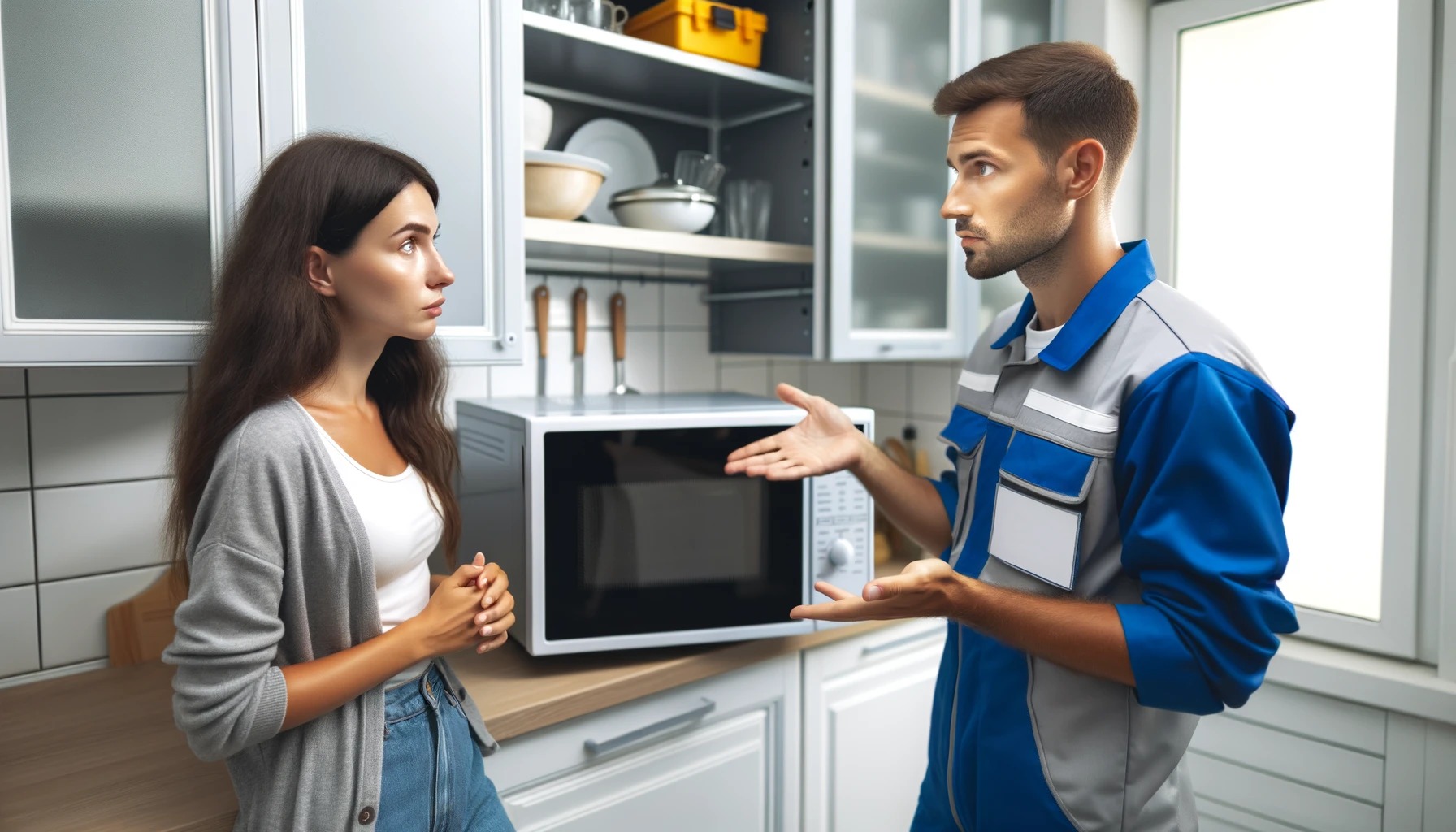 How to Stay Safe When Repairing Small Appliances at Home
How to Stay Safe When Repairing Small Appliances at Home
Small appliances like toasters, coffee makers, and blenders can often be repaired with basic tools and a little know-how. But even the simplest repair jobs can pose safety risks if proper precautions aren’t taken. At Sweet Home Appliance, we care about your safety and want to help you handle minor repairs with confidence. Here are some essential safety tips to follow when repairing small appliances at home.
1. Always Unplug Before You Begin
This is the number one rule of appliance repair. Always unplug the appliance from the power outlet before disassembling or inspecting it. Never work on any electrical device that is still connected to a power source.
2. Read the Manual First
Before opening or troubleshooting the appliance, consult the user manual for safety warnings, part diagrams, and troubleshooting steps. Many manuals also list which repairs are safe for consumers to perform and which are better left to professionals.
3. Use the Right Tools
Using improper or makeshift tools can damage components or cause personal injury. Stick to insulated screwdrivers, pliers, and voltage testers when working with electrical components. Avoid forcing any parts that don’t come off easily.
4. Beware of Sharp Edges
Many small appliances have metal edges or interior blades. Wear protective gloves when handling internal components and take care when working around cutting surfaces like blender blades or food processor discs.
5. Avoid Water and Moisture
Never attempt to repair an appliance in a wet or damp environment. Water and electricity don’t mix — keep your work area dry and clean. Make sure the appliance itself is dry before you begin disassembling it.
6. Watch for Stored Energy
Some small appliances contain capacitors or spring-loaded parts that may hold a charge or tension even after unplugging. Discharge capacitors properly and handle tensioned parts with caution to prevent injury.
7. Replace Parts with Exact Matches
If you need to replace a part, make sure it’s an exact match in both size and rating. Using the wrong replacement part can damage your appliance or create a fire risk. When in doubt, consult the manufacturer’s website or a parts specialist.
8. Don’t Bypass Safety Features
Some appliances have built-in safety switches or thermostats. Never remove or bypass these features — they’re there to prevent overheating, shocks, or other hazards.
9. Know When to Call a Professional
If the repair involves wiring, heating elements, or you’re unsure about a step, it’s always safer to consult a qualified technician. Attempting complex repairs without experience can lead to injury or further damage.
10. Test Safely After Repair
Once your repair is complete, reassemble the appliance carefully, double-check connections, and test it in a dry, safe area. Never test near water or flammable materials.
Stay Smart, Stay Safe
DIY appliance repair can be rewarding and cost-effective — but only when done safely. By following these precautions, you can handle minor fixes at home while avoiding common hazards.
For expert advice, replacement parts, or professional small appliance repair recommendations, stop by Sweet Home Appliance in-store or online. We’re here to help you get your appliances back in working order — safely and efficiently.